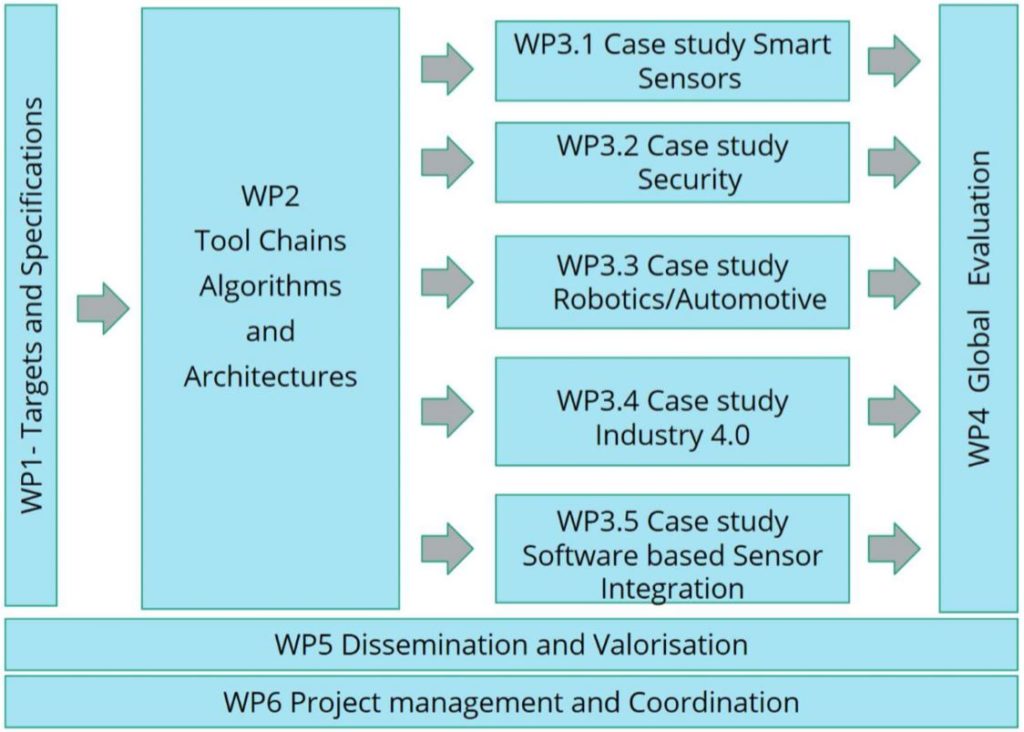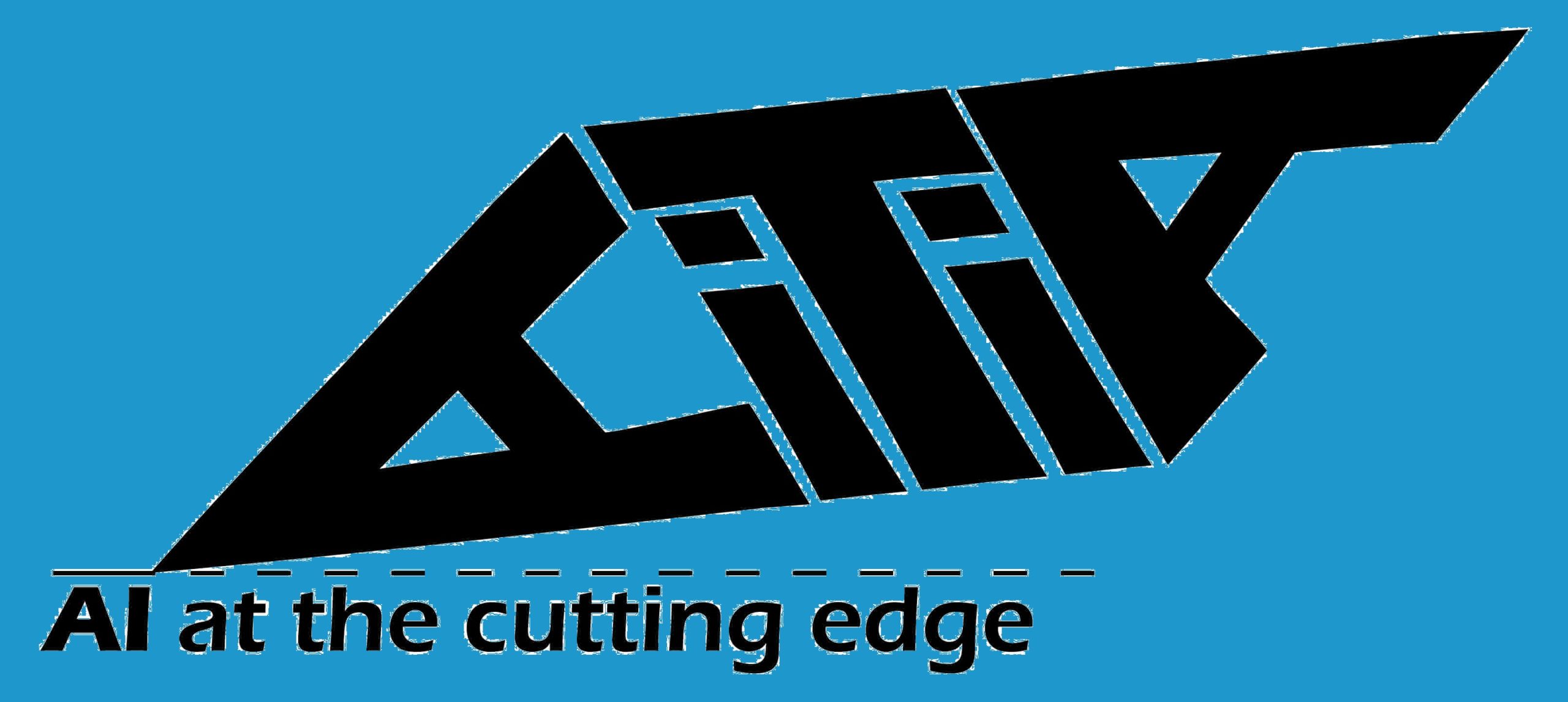The scientific approach to integrate AI techniques in reconfigurable embedded systems is based on 3 distinct technological methods.

Method 1 is based on remote learning techniques of an AI enabled embedded system. This is a typical approach used to achieve product enhancement or to achieve a specific functionality in an embedded system. Method 2 is based on embedded systems which have the ability to use their embedded AI engine for on-the-field local self-learning or real time functional enhancement on-the-field. This is typically used in embedded systems that can rely on powerful computing power. Method 3 makes use of a remote learning system to enhance the functionality of an interconnected device with AI engine. This approach could be used for IoT devices or interconnected edge-computing devices.
Both methods 2 and 3 utilize what is called ‘online learning’ in the machine learning community: further training during use of the system. Our project makes a distinction between online learning by the device itself (method 2; called self-learning) or by a server it is connected to (method 3). Each of the three methods represent a generic solution for a broad set of Industrial applications. In the figure below we show the four application domains and the benefits that can be gained by embedding AI.

The project is divided in 6 work packages. WP1 consists of fine-tuning the specifications of the use cases in cooperation with the user committee. This is done taking into account the four use cases that will be developed in WP3 with different architectural properties and with different benefits thanks to the inclusion of embedded AI. WP2 uses the fine-tuned specifications and targets to determine the necessary tools, libraries, implementations of AI techniques,… which are required to implement the three methods to integrate AI in an embedded system. In this work package we, will also implement the basic technologies to be used in the four use cases, which are part of WP3. During WP3, the four use cases are implemented to demonstrate the benefits of embedded AI for each of the targeted industries. An overall evaluation of the case studies and exchange of information and knowledge across the use cases is then done in WP4. Lessons are drawn and guidelines for successful integration of embedded AI are proposed. The project also foresees a work package dedicated to the dissemination and valorisation of the project results and a work package for the project management, coordination and quality assurance.

